Streamlined Drupal to WordPress Migration Testing
Drupal to WP: Testing Strategy

Certainly, developing a robust testing strategy is crucial for a successful migration from Drupal to WordPress Migration. Below, I’ll outline a comprehensive testing strategy that covers various aspects of the migration process:
Unit Testing:
- Custom Code: Perform unit tests on any custom code or modules that have been developed or modified for the migration to ensure they function correctly.
- API Endpoints: Test individual API endpoints to verify that they return the expected data and responses.
Integration Testing:
- Data Migration: Test the migration scripts and processes to ensure that data is transferred accurately and completely from the Drupal database to the WordPress database.
- Functionality: Verify that all existing features of the works as expected in the WordPress environment. Test API calls and data processing.
- Third-Party Integrations: If the site interacts with external services or APIs, ensure that these integrations still function properly.
- Authentication and Authorization: Test user authentication and authorization mechanisms to ensure that access controls are maintained.
Automation Testing:
- Implement automated testing frameworks and scripts to streamline repetitive testing processes.
- Utilize automation for regression testing, performance testing, and other repetitive tasks.
- Ensure that automated tests cover critical functionalities and are regularly updated as the migration progresses.
- Automation helps reduce human error and accelerates testing, making it a valuable component of the testing strategy.
Regression Testing:
- Conduct regression testing on the entire system to confirm that existing features not directly related to the migration remain unaffected.
Performance Testing:
- Measure the performance of the WordPress environment, including page load times, response times for API requests, and server resource utilization. Optimize as necessary.
Security Testing:
- Perform security scans and penetration testing to identify vulnerabilities. Address any security issues promptly.
- Ensure that user data and sensitive information are properly protected.
Cross-Browser and Cross-Device Testing:
- Test the SITE on various browsers and devices to ensure compatibility and a consistent user experience.
SEO Testing:
- Monitor SEO rankings and traffic during and after the migration to detect any significant drops. Implement necessary SEO best practices.
- Validate that URL redirections are correctly set up to avoid broken links and maintain SEO equity.
User Acceptance Testing (UAT):
- Involve stakeholders, including end-users and administrators, in UAT to ensure that the SITE meets their expectations and requirements.
Content Verification:
- Review all migrated content to ensure that it displays correctly, including text formatting, images, and media files.
Load and Stress Testing (if applicable):
- If the SITE is expected to handle heavy traffic, perform load and stress tests to assess its capacity and scalability.
Failover and Recovery Testing (if applicable):
- Test disaster recovery plans and failover procedures to ensure business continuity in case of unexpected issues.
Usability Testing (Optional):
- Conduct usability testing with actual users to gather feedback on the new WordPress interface and identify any usability issues.
Documentation Review:
- Ensure that any updated or new documentation related to the SITE and its features is accurate and complete.
Rollback Plan Testing:
- Verify that the rollback plan (a plan to revert to the previous state in case of critical issues) is effective and can be executed if needed.
User Training Validation:
- Confirm that user training materials and resources effectively support users in adapting to the new WordPress environment.
User Feedback Collection:
- Continuously collect and address user feedback during the testing phase to make necessary adjustments.
Testing Environments:
- Maintain separate testing environments that mirror production to isolate testing from the live system.
Testing Phases:
- Plan testing in phases, starting with individual components and progressing to integrated system testing before final UAT and deployment testing.
The testing strategy should be well-documented, and any issues or bugs discovered during testing should be prioritized, resolved, and retested. It’s essential to involve all relevant stakeholders in the testing process and ensure that testing aligns with the project timeline to maintain project momentum and quality.

